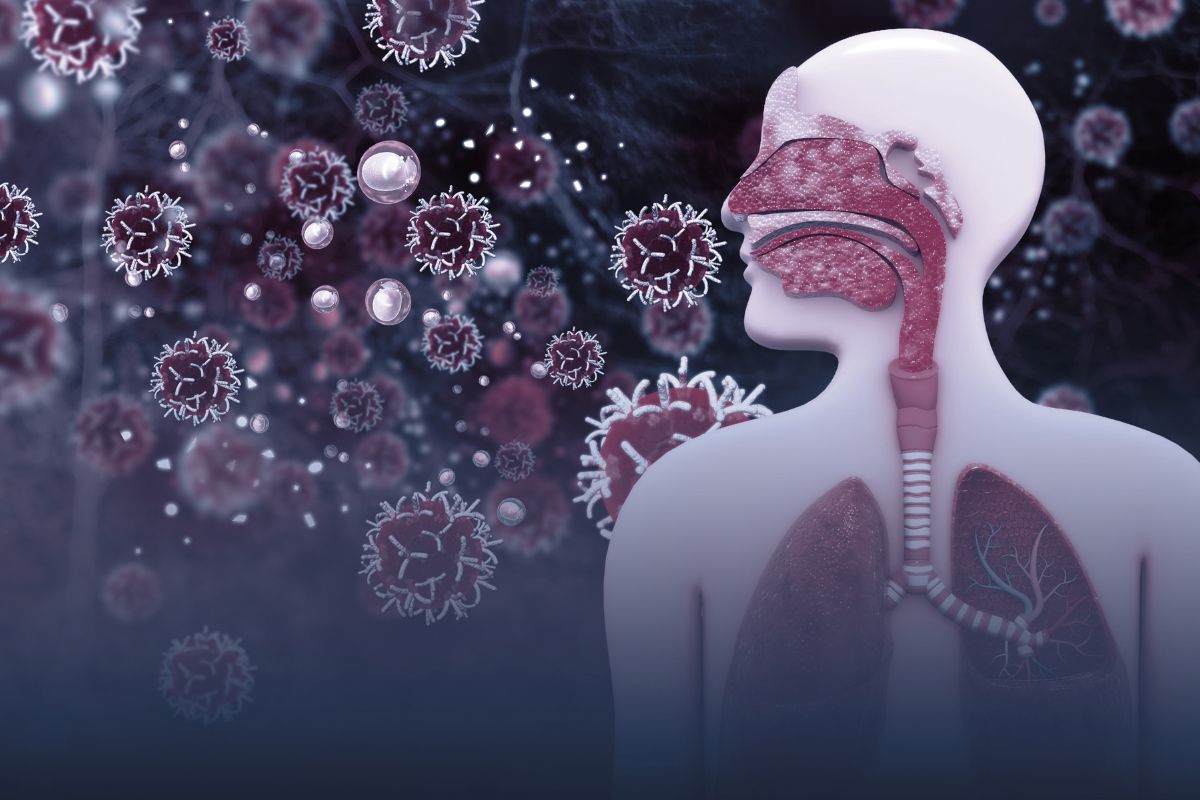


Common respiratory virus Human Metapneumovirus (HMPV) mostly affects the upper and lower respiratory tracts. Originally discovered in 2001, HMPV has been spreading for decades worldwide and causing diseases akin to those of the common cold. Like the Respiratory Syncytial Virus (RSV) and flu, it is especially common in the winter and early spring months.
Table of Contents
ToggleHMPV Virus symptoms are sometimes like those of other respiratory infections, hence diagnosis without lab testing might be difficult.
Typical manifestations are:
Respiratory secretions include saliva, nasal mucus, and sputum let HMPV go about. Close contact with infected people, touching contaminated objects, or breathing airborne droplets from coughing or sneezes can all help to transfer it.
Good hygiene lowers the risk of being infected with HMPV through:
Since HMPV Virus symptoms cross those of other respiratory diseases, diagnosis calls for laboratory testing. The Polymerase Chain Reaction (PCR) test—which searches respiratory samples for the genetic material of the virus—is the gold standard for HMPV detection. Less commonly used, viral cultures and antigen tests can also help diagnose the infection. Currently, there are no specific antiviral drugs that target HMPV. Treatment emphasizes supportive care—including rest, fluids, and over-the-counter drugs to lower fever and congestion. Severe cases could call for hospitalization, particularly for small children, elderly persons, and those with compromised immune systems.
Widespread respiratory virus Human Metapneumovirus (HMPV) gives symptoms resembling those of the common cold. Although this is not a new or unusual virus, knowledge and preventative actions are quite important to stop its dissemination. Good cleanliness and getting medical assistance when needed help people to guard others and themselves against HMPV infections. Would you like further information on HMPV or another subject?

